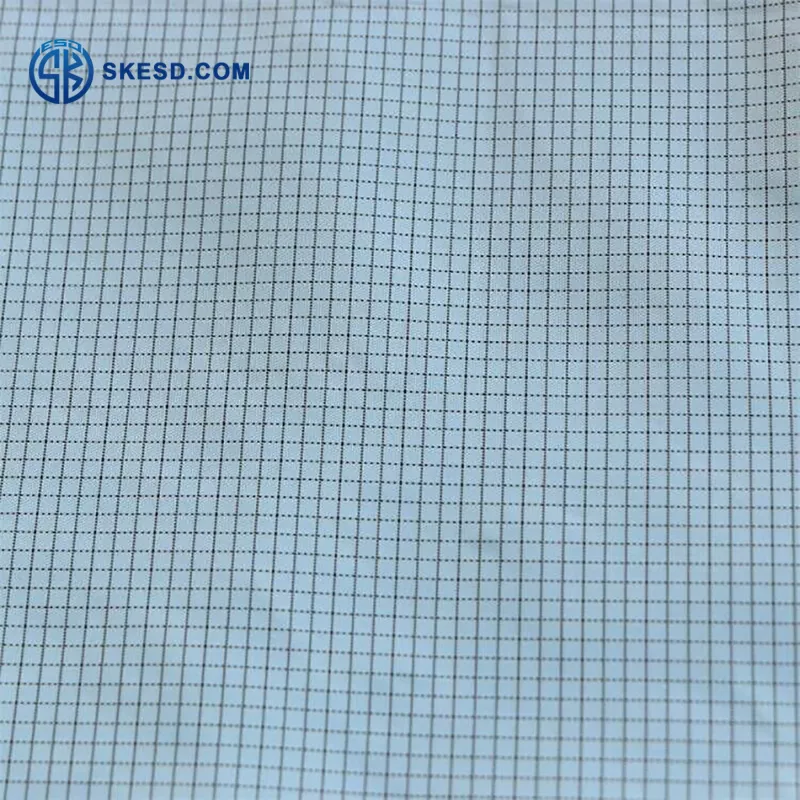In industries where static control is paramount, such as electronics manufacturing and cleanroom environments, ESD protective garments and fabrics are essential. These materials are designed to dissipate static charges and prevent ESD events that could potentially damage sensitive electronic devices. ESD polyester fabric and ESD cotton fabric are two popular choices, each with its own unique features and advantages.
What is ESD Polyester Fabric?

ESD polyester fabric is a synthetic material woven with conductive yarns to dissipate electrostatic charges. ESD polyester fabric offers the following key properties:
- Electrostatic Dissipative: It safely distributes and dissipates electrostatic charges.
- Durability: The fabric is long-lasting and provides reliable ESD protection.
- Chemical Resistance: It resists various chemicals, suitable for different environments.
- Comfort: ESD polyester fabric is lightweight and breathable for user comfort.
- Applications of ESD Polyester Fabric
- ESD polyester fabric is commonly used in industries such as electronics manufacturing, cleanrooms, and the automotive industry.
What is ESD Cotton Fabric?

ESD cotton fabric is natural cotton material treated to exhibit electrostatic dissipative properties. ESD cotton fabric has the following properties:
- Comfortable: It offers a soft and breathable experience for wearers.
- Environmentally Friendly: Cotton is a natural and biodegradable material.
- Electrostatic Dissipative: ESD cotton fabric prevents and disperses static charges.
- Applications of ESD Cotton Fabric
- ESD cotton fabric is used in various industries where ESD protection is required.
Key Differences between ESD Polyester and ESD Cotton Fabric
1.Material Composition
ESD polyester fabric is made from synthetic materials, while ESD cotton fabric is derived from natural cotton fibers.
2.Electrostatic Dissipative Mechanism
ESD polyester fabric uses conductive yarns to dissipate electrostatic charges, whereas ESD cotton fabric incorporates conductive fibers or coatings for the same purpose.
3.Durability and Comfort
ESD polyester fabric offers high durability and is suitable for rigorous use. ESD cotton fabric, on the other hand, provides a comfortable and breathable experience for wearers.
Conclusion
ESD polyester fabric and ESD cotton fabric have distinct properties and applications. Understanding their differences and considering specific requirements is essential for selecting the appropriate fabric for ESD protection needs.
Related Products:
continue reading







